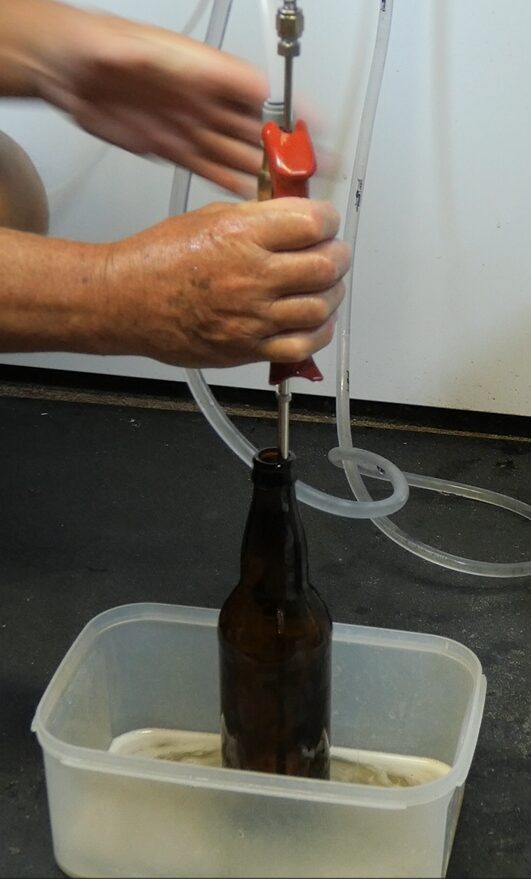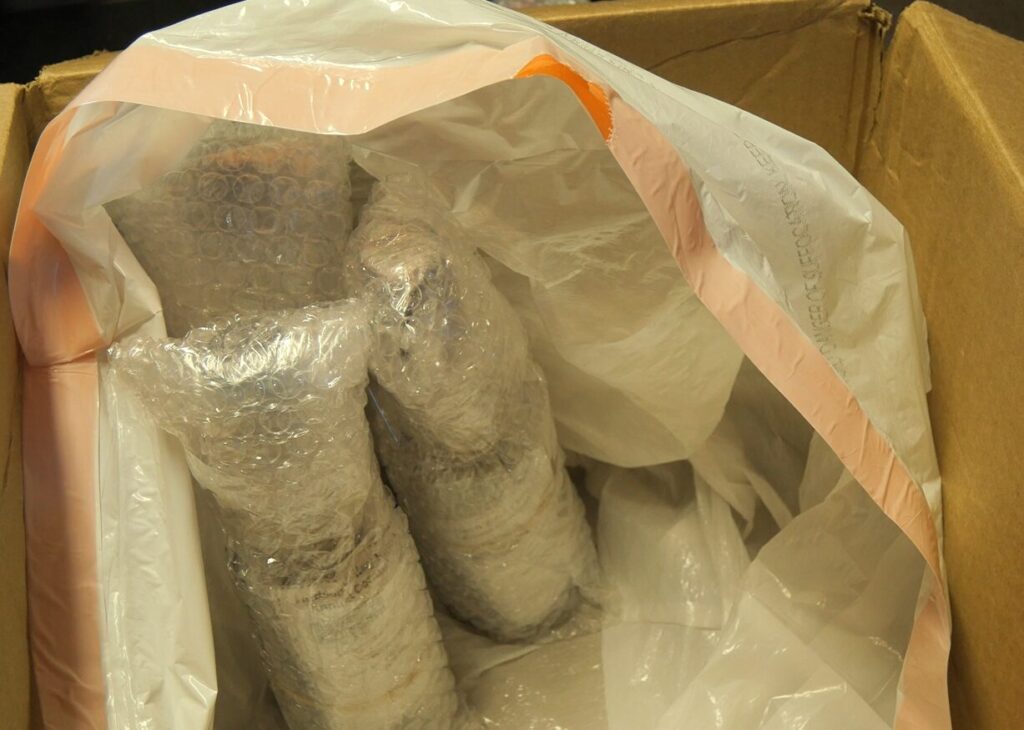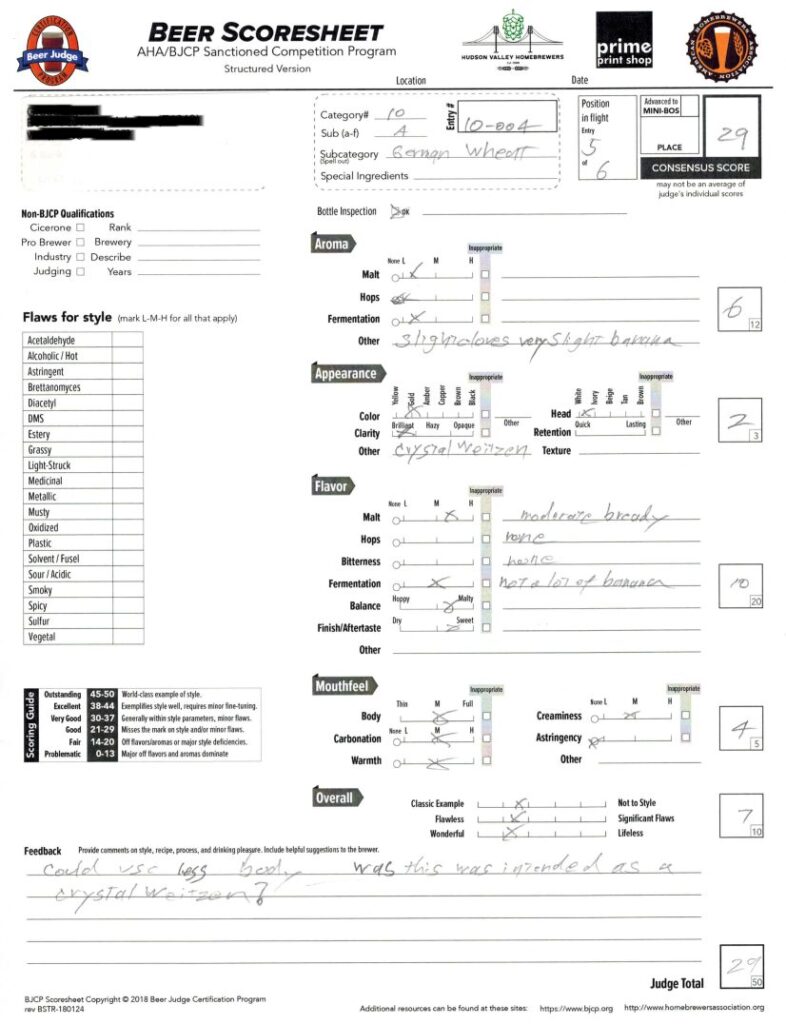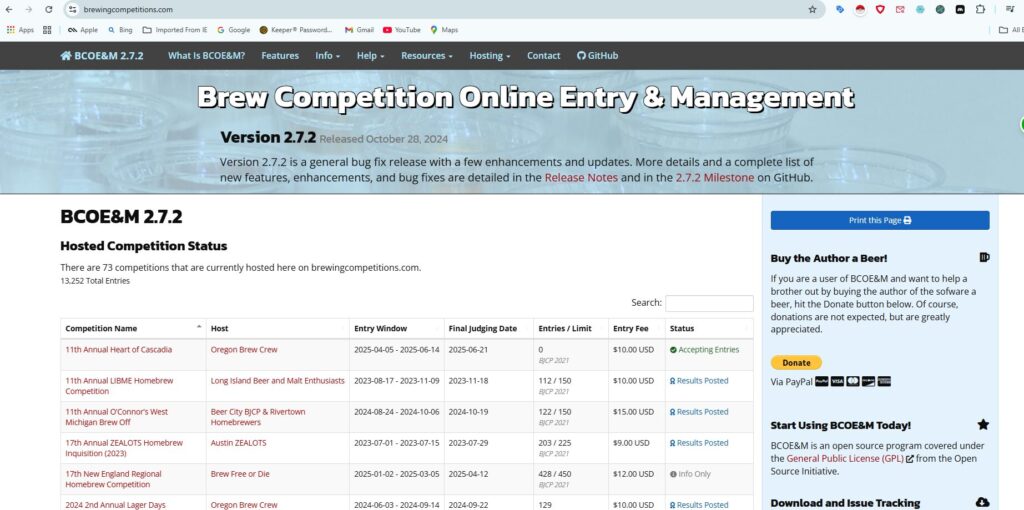
How to Enter Homebrew Competitions:
A Complete Guide to Winning Beer Contests
Homebrew competitions are a cornerstone of craft beer culture, providing invaluable feedback and recognition for amateur brewers. With a typical competition hosting around 200 entries, these events offer a structured environment to hone your skills and benchmark your brews against established standards. Whether you’re a novice or a seasoned homebrewer, understanding how to navigate these contests can significantly elevate your brewing game. This guide is designed to walk you through every step of the process, from registration to interpreting score sheets, ensuring you’re well-equipped to excel in your next beer competition.
Understanding Homebrew Competition Basics
Before diving in, it’s essential to grasp the fundamental aspects of homebrew competitions.
Competition Structure
Homebrew competitions come in various forms, ranging from local events to national-level contests. Each competition typically sets entry limits, often around 200, to ensure manageable judging sessions. Beers are categorized by style, adhering to guidelines set by organizations like the Beer Judge Certification Program (BJCP). The judging process involves evaluating beers based on a standardized scoring system, typically a 50-point scale, which assesses various attributes of the beer.
Brewing Competitions Website
Click the image above to be taken to their website
Registration Process
The first step to entering a homebrew competition is finding one. Websites like the Homebrewers Association are great resources. Once you’ve identified a competition, the registration process usually involves:
- Creating an account on the competition’s online platform.
- Completing the entry form, providing details about your beer, including its style, alcohol content, and any special ingredients.
- Paying the entry fee, which covers the cost of judging and administration.
- Adhering to deadlines, as late entries are typically not accepted.
When registering, be prepared to select the appropriate style category for your beer. This requires a solid understanding of beer styles and their characteristics. Additionally, you may need to provide documentation, such as a recipe or brewing notes, depending on the competition’s rules.
Preparing Your Beer for Competition
The quality of your beer is paramount, but proper preparation is equally crucial.
Bottling Best Practices
Bottling is a critical step that can significantly impact your beer’s presentation and flavor. Key practices include:

- Sanitization: Thoroughly sanitize all bottling equipment to prevent contamination.
- CO2 Purging: Purge bottles with CO2 before filling to minimize oxygen exposure, which can lead to oxidation and off-flavors.
- Filling Technique: Use a bottle filler to control the filling process and reduce splashing.
- Carbonation Levels: Ensure your beer is properly carbonated according to its style guidelines.
- Bottle Conditioning: If bottle conditioning, monitor carbonation levels closely to avoid over-carbonation and bottle bombs.
Packaging Requirements
Competitions often have strict packaging requirements to ensure fairness and anonymity. These may include:
- Bottle Types: Using either 12oz or 22oz bottles, depending on the competition’s rules.
- Label Restrictions: Removing all commercial labels and avoiding bottles with etched or raised logos.
- Bottle Preparation: Cleaning bottles thoroughly to remove any residue.
- Disqualification Reasons: Understanding common reasons for disqualification, such as using prohibited bottle types or failing to remove labels.
- Storage: Storing bottled beers in a cool, dark place to prevent spoilage.
Shipping and Handling
If you’re not local to the competition, shipping your beer safely is essential.
Packaging Guidelines
Proper packaging protects your beer during transit and ensures it arrives in good condition. Key guidelines include:

- Bubble Wrap: Wrapping each bottle individually in bubble wrap to cushion it against impacts.
- Box Selection: Choosing a sturdy box that fits the bottles snugly.
- Leak Prevention: Placing bottles in a garbage bag to contain any leaks in case of breakage.
- Temperature Considerations: Avoiding shipping during extreme heat or cold, which can damage the beer.
- Marking Packages: Labeling the box as “Fragile” to encourage careful handling.
Shipping Logistics
Shipping logistics can be complex, but careful planning can minimize risks.
- Carrier Selection: Choosing a reliable carrier with tracking capabilities.
- Timing Considerations: Shipping your beer well in advance of the competition deadline.
- Drop-off vs. Shipping: Weighing the pros and cons of dropping off your beer versus shipping it.
- Cost Considerations: Factoring in shipping costs when budgeting for the competition.
- Tracking: Monitoring the shipment to ensure it arrives on time and in good condition.
Understanding Competition Scoring
Understanding how beers are judged is crucial for interpreting feedback and improving your brewing skills.
Scoring Categories
The BJCP scoring system evaluates beers based on five main categories:
- Aroma (12 points): Assessing the beer’s aroma intensity, complexity, and appropriateness for the style.
- Appearance (3 points): Evaluating the beer’s color, clarity, head formation, and retention.
- Flavor (20 points): Judging the beer’s flavor profile, balance, and absence of off-flavors.
- Mouthfeel (5 points): Assessing the beer’s body, carbonation, and overall texture.
- Overall Impression (10 points): Evaluating the beer’s drinkability, balance, and adherence to style guidelines.

Interpreting Feedback
Score sheets provide valuable insights into your beer’s strengths and weaknesses. When interpreting feedback:
- Analyze the scores: Pay attention to the scores in each category to identify areas for improvement.
- Read the comments: Carefully review the judges’ comments for specific critiques and suggestions.
- Look for patterns: Identify recurring themes in the feedback to pinpoint consistent issues.
- Use the feedback: Incorporate the feedback into your brewing process to refine your recipes and techniques.
- Understand score ranges: Recognize that scores fall into categories like “Good” (21-29) and “Very Good” (30-37), providing a benchmark for your beer’s quality.
Tips for Success
To maximize your chances of success in homebrew competitions, consider the following tips.
Competition Strategy
- Style Selection: Choose a style you’re familiar with and confident in brewing.
- Beer Age: Submit beers that are fresh and haven’t been stored for too long.
- Multiple Entries: Consider entering multiple beers to increase your chances of winning.
- Timing: Plan your brewing schedule to ensure your beers are ready in time for the competition.
- Quality Control: Implement rigorous quality control measures throughout the brewing process.
Common Pitfalls to Avoid
- Storage Mistakes: Avoid storing beers in warm or brightly lit conditions.
- Shipping Errors: Ensure your beers are properly packaged and shipped to avoid damage.
- Style Misclassification: Accurately classify your beer’s style to ensure it’s judged fairly.
- Documentation Errors: Provide all required documentation and information accurately.
- Packaging Problems: Adhere to all packaging requirements to avoid disqualification.
Conclusion
Entering homebrew competitions is a rewarding experience that can significantly enhance your brewing skills. The feedback you receive from judges is invaluable, providing insights that can help you refine your recipes and techniques. By understanding the competition process, preparing your beers carefully, and interpreting feedback effectively, you can improve your chances of success and elevate your brewing game. So, take the plunge, enter your first competition, and embark on a journey of continuous improvement.

